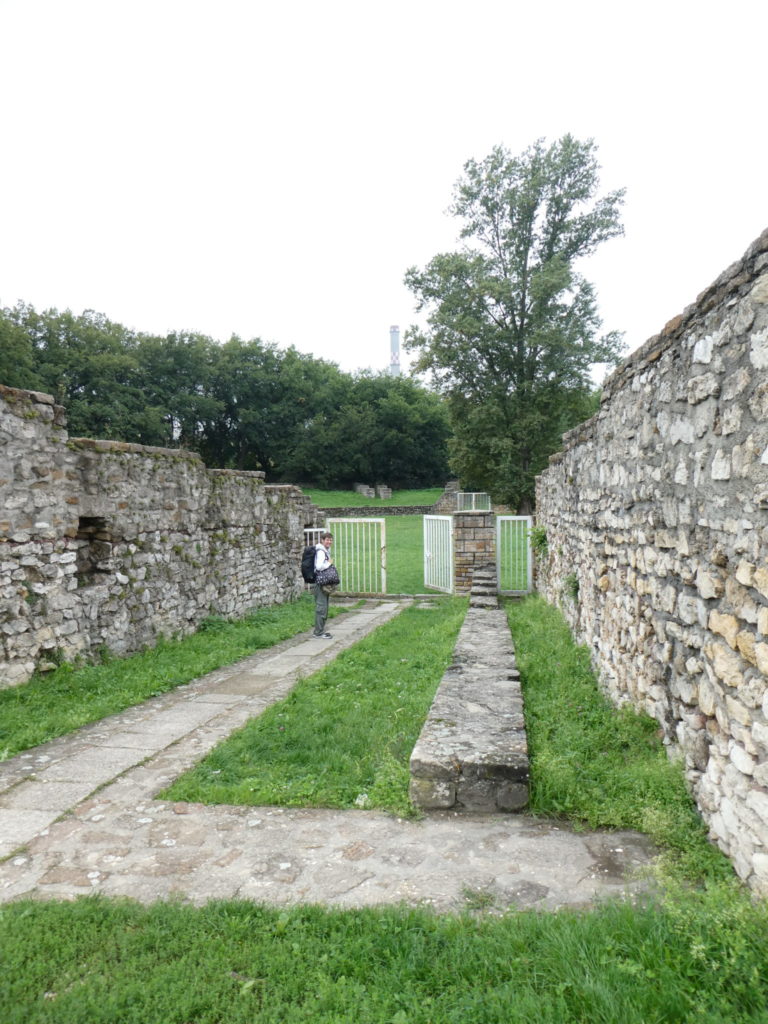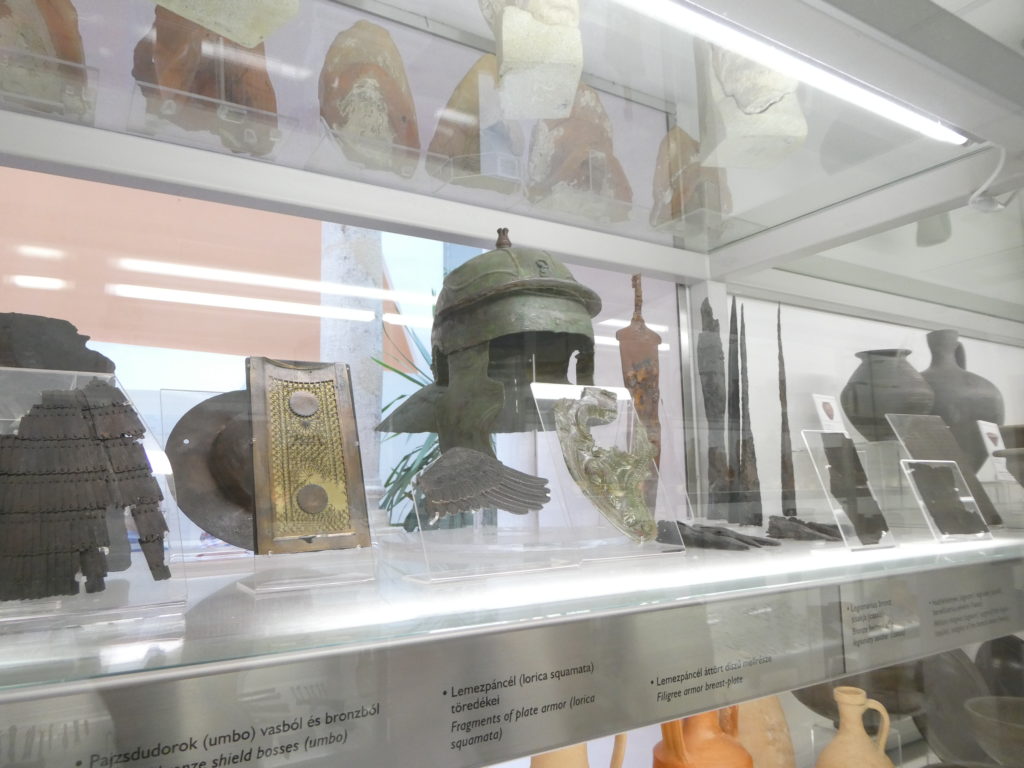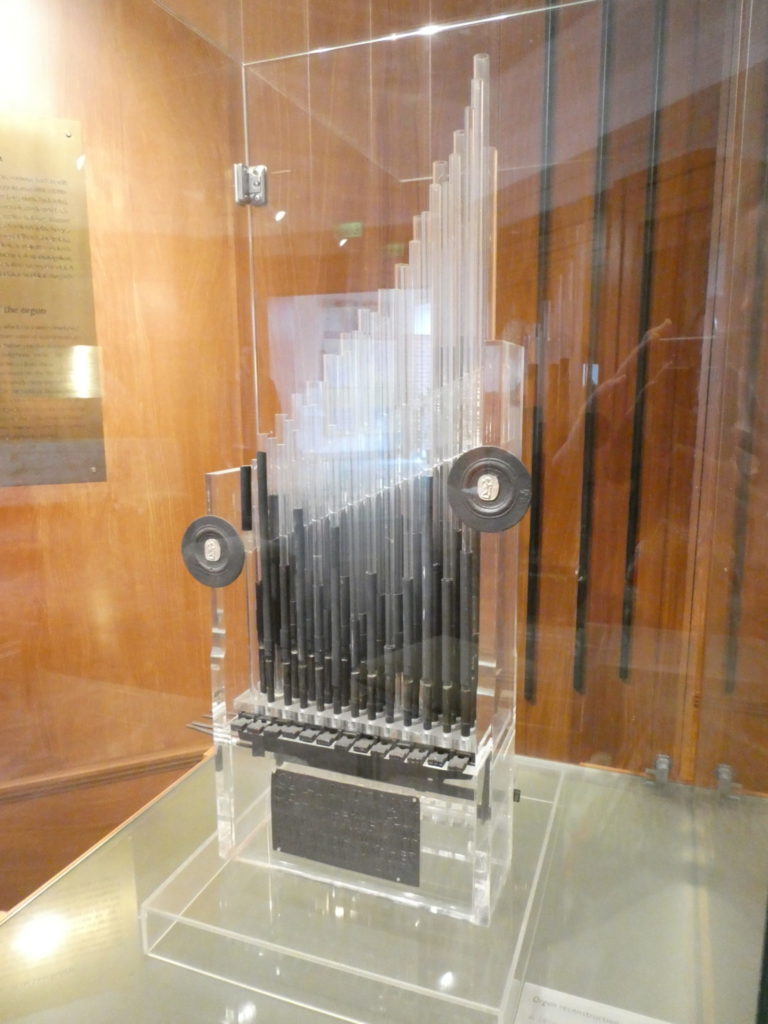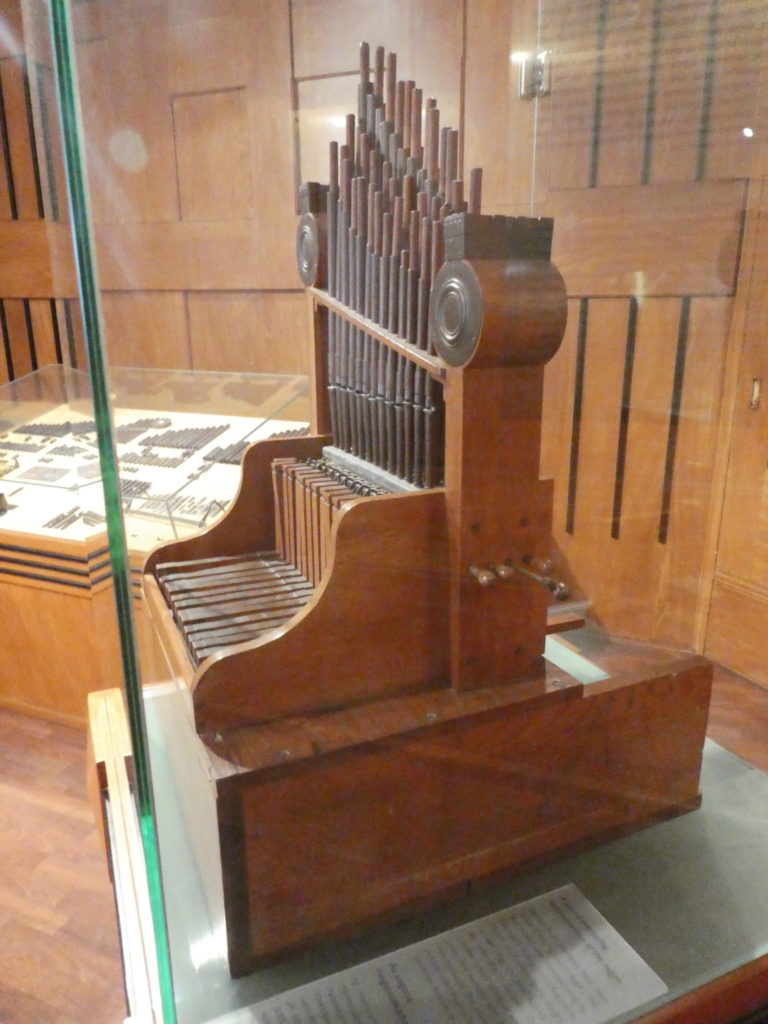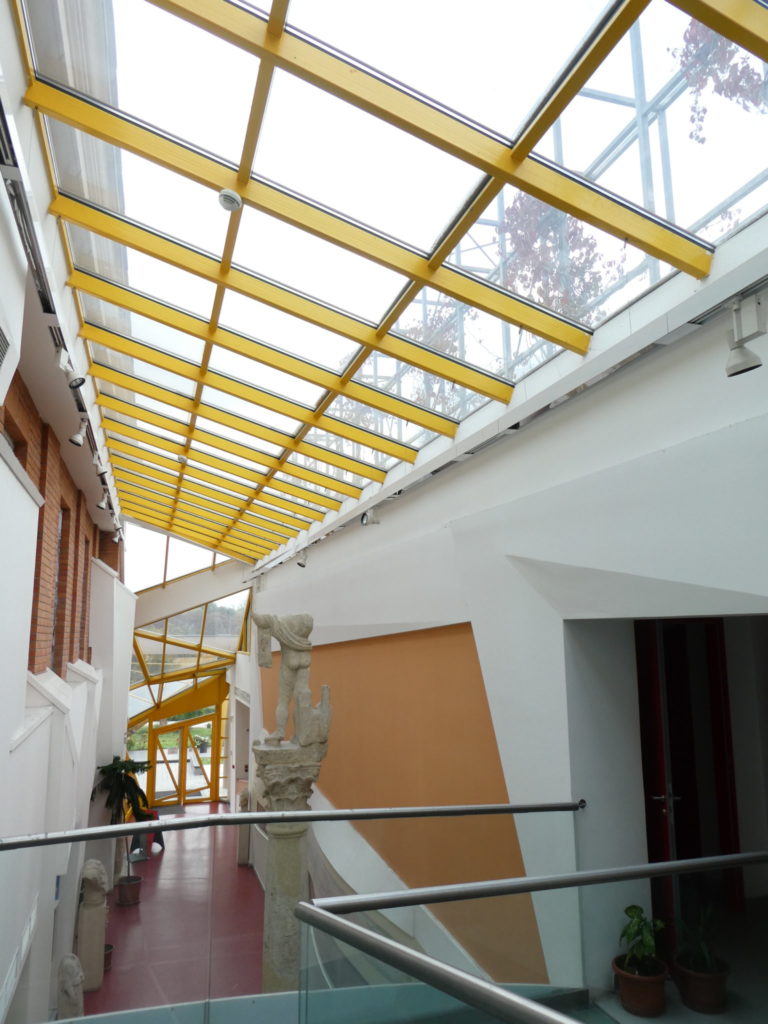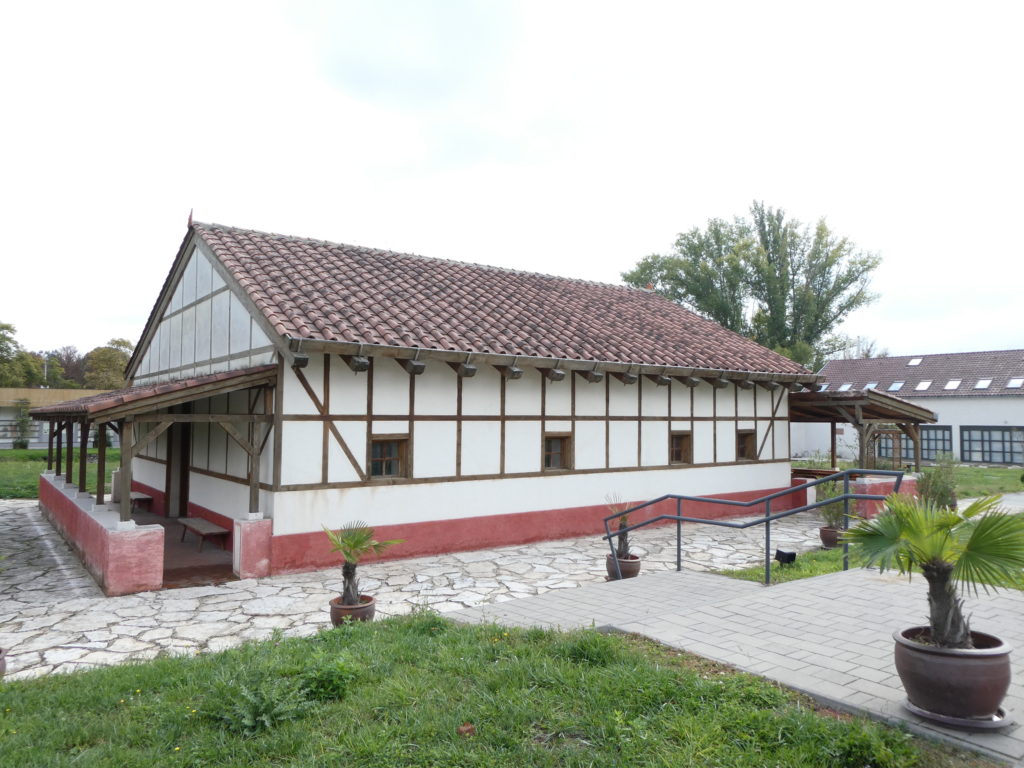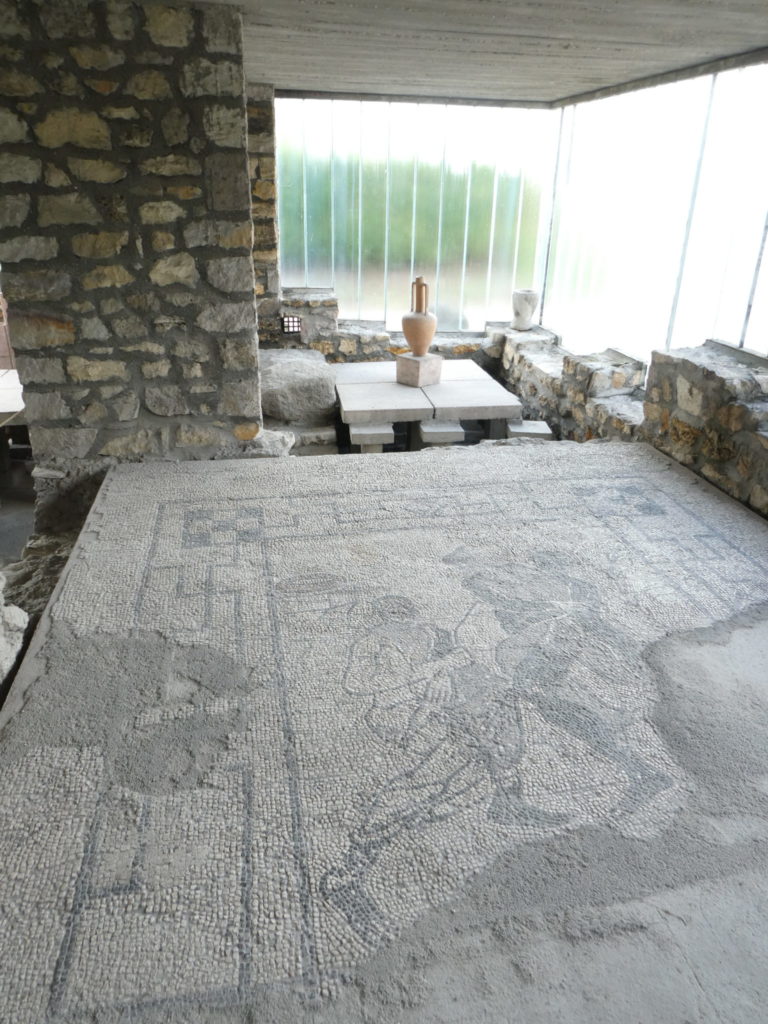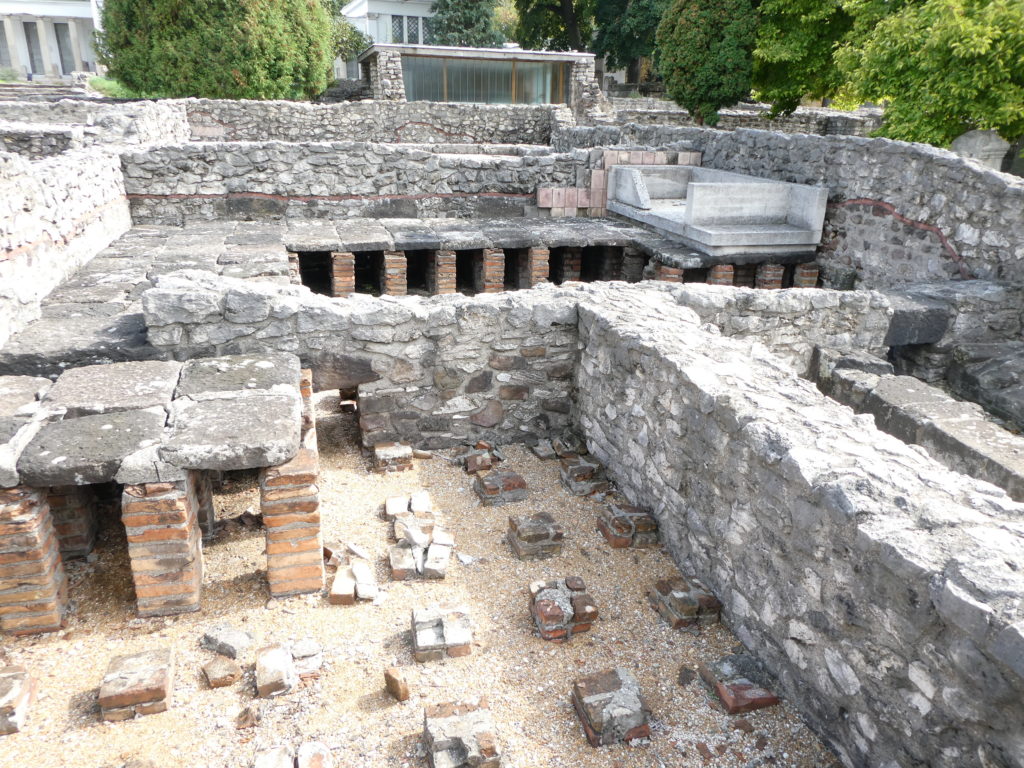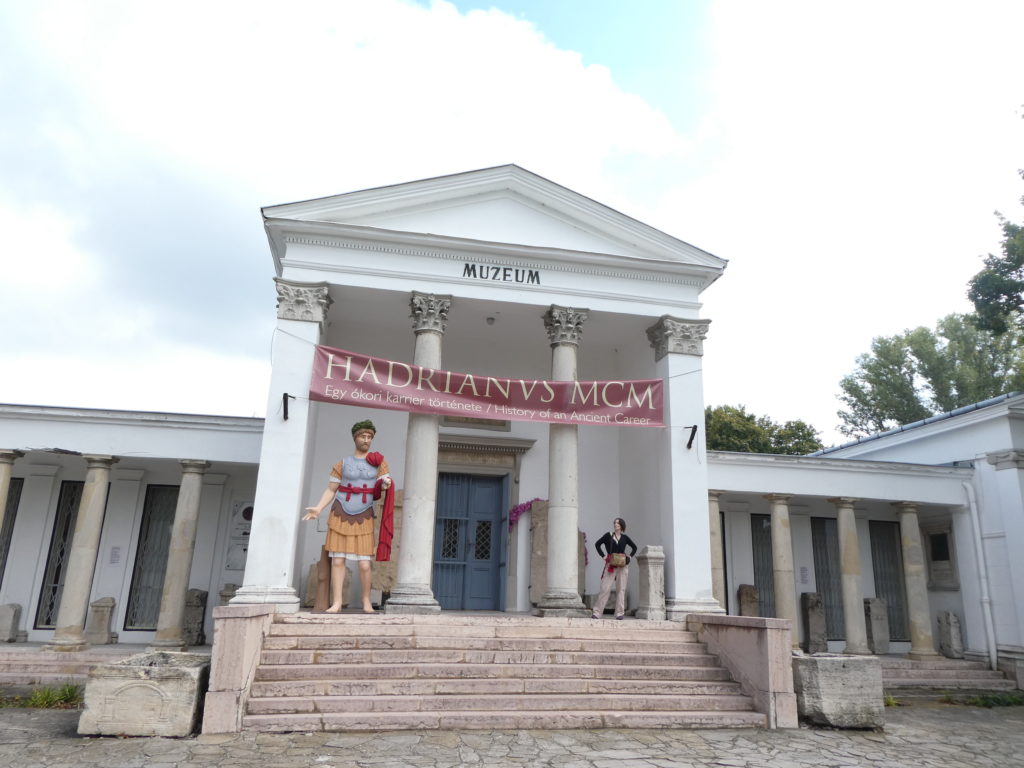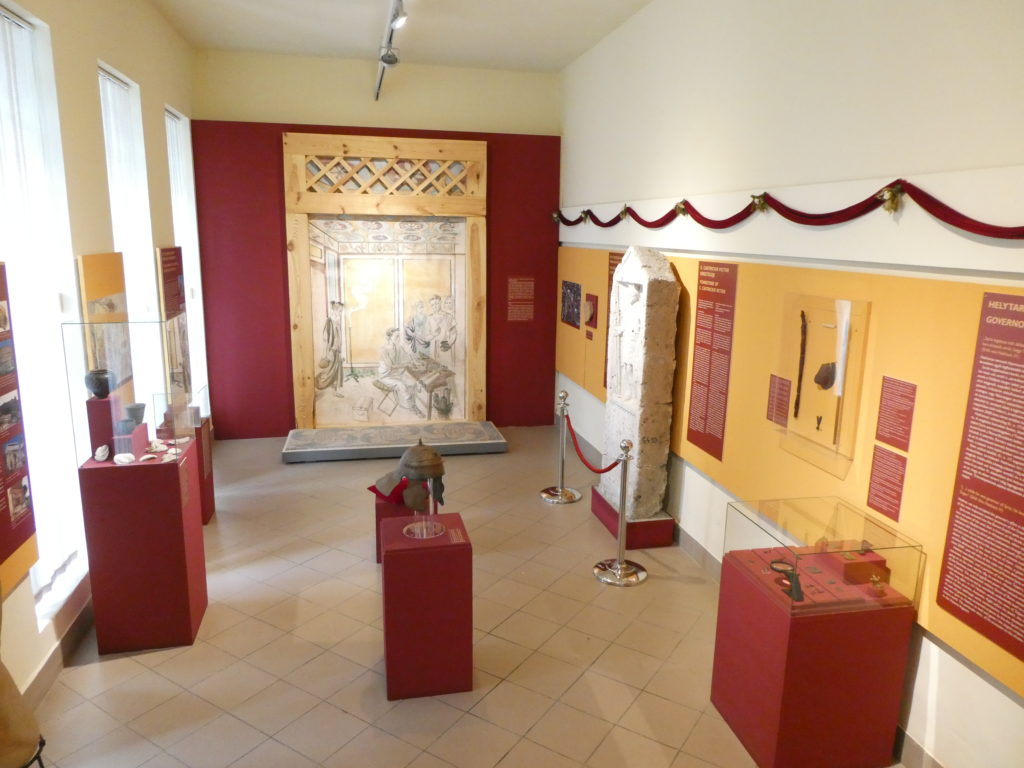Amazing Days Out: Aquincum
Aquincum: A Roman city near to Budapest
Aquincum was once the ancient Roman capital city of Pannonia Inferior, which is situated on the outskirts of modern day Budapest. It is believed that Marcus Aurelius wrote part of his book ‘Meditations’ here. Unbelievably, there are a lot of amazing ruins that you can still see today including a lapidarium, roman bath and two amphitheatres. Most of the ruins have now become part of a museum complex.
To get there, get the Metro Line 2 to Batthyany Ter, and then a HEV, which is an overground tram, to Aquincum. The first thing you’ll see are the remains of one of the amphitheatres, with an information board nearby. There is no sign of the museum though. It is a short ten minute walk away, and just involves crossing the road, turning right and heading under the bridge. From there, its a straight walk. There are free lockers in the ticket office, which is always handy.
Start your visit by checking out the very modern museum. Inside, there is a large map of how the Roman Empire saw the world and its area. Rather than being round, it is spread out horizontally. We went into another room where there were artefacts such as weapons, and even bottles used for feeding babies. Also, lots of mosaics that were part of wall and ceiling displays, and bits of iron work from chairs and tables. In another room next door, they have interesting temporary exhibitions.
Aquincum is great for kids of all ages
Downstairs, there is an interactive exhibit. You can put a vase together, and stand on various displays and move things virtually with your hands. If you’re not pint-sized, you may have to keep crouching down as it might struggle to register your hands, since it is probably made for children. You’ll also get the chance to dress up in Roman clothes, if you fancy getting into the spirit of the occasion! One of Amy’s favourite games is a Roman game, with lots of squares that you have to get three in a row to win. You can play the game here too.
Make sure you head upstairs before you leave as it would be a shame to miss the only water pipe organ that has survived from Roman times. It isn’t complete, but with only the metal parts available, they’ve managed to work out how it was put together. They have a few models of it on display. One has the metal pieces in their correct place with plastic pieces making up the rest. The other model is wooden and metal, which is what they believed it would have looked like and is actually playable!
After you have read about the history, start to explore the site
The room next door is very cool, with large ceramic pieces, stonework and mosaic floors all the way around the very big open space. One mosaic floor is heart shaped, which is pretty cute. There’s also a balcony to walk out on to as well. After the museum, tour around the archaeological site outside. For orientation, you can follow the map they provide you with, but sometimes following the numbers in order will involve a lot of backtracking which is pointless. There is a very cool play area with mythological creatures. Head up the small hill for some great photo opportunities.
Don’t miss the kronoscope whilst you’re here, which lets you see into the past. As you move it, you can see the buildings as they would have looked in Roman times. It is very cool, and we’ve not seen anything like it before. Afterwards, check out the painter’s house, which is a recreation that you can go inside. It is fully painted and furnished. The rest of the site is mostly ruins, though there are some mosaic floors to see. There is plenty of signage to tell you what you are looking at. You’ll even find yourselves at a former theatre, where you can take turns to do some dramatic poses.
It is like stepping back in time at Aquincum
Carrying on, you’ll come to the remains of a Roman bath. If you have seen any Roman baths before, you’ll spot many similarities such as the hypocaust (underfloor heating system). In another area there is a shrine which would have been for one of the many deities the Romans worshipped. The grand building in the middle of all these ruins is the Old Museum.
This building may look closed on the outside but there are often temporary exhibitions on inside. The one we saw was fantastic as it was all about Hadrian, who did a lot more than just build a huge wall between England and Scotland. Adjacent to here is a lapidarium with a lot of stone works and tombs. After exploring to your heart’s content, it is easy to retrace your steps back to the HEV stop and head back to Budapest. A very enjoyable short excursion indeed, and most definitely one to skip taking an organised tour to.
Do you enjoy wandering around ancient ruins? Can you picture in your mind what these places would have looked like?



